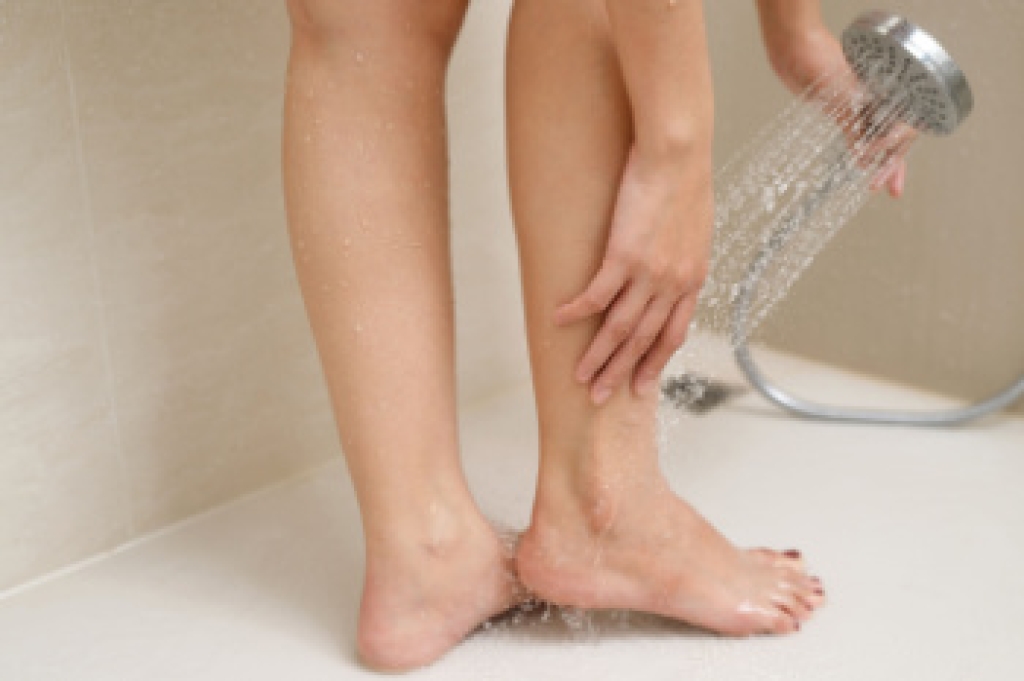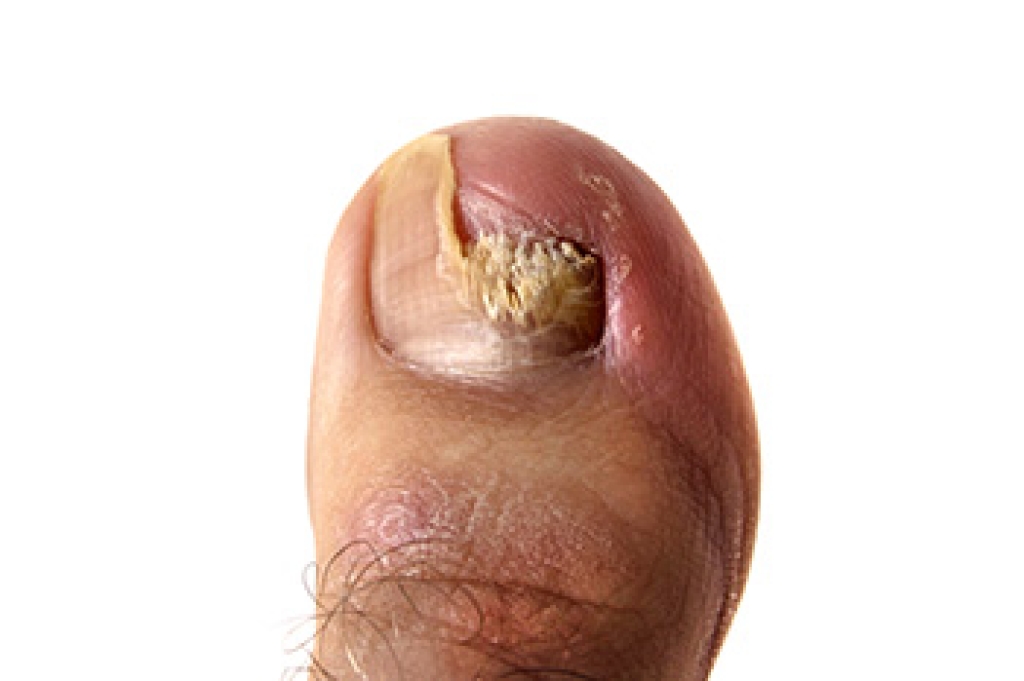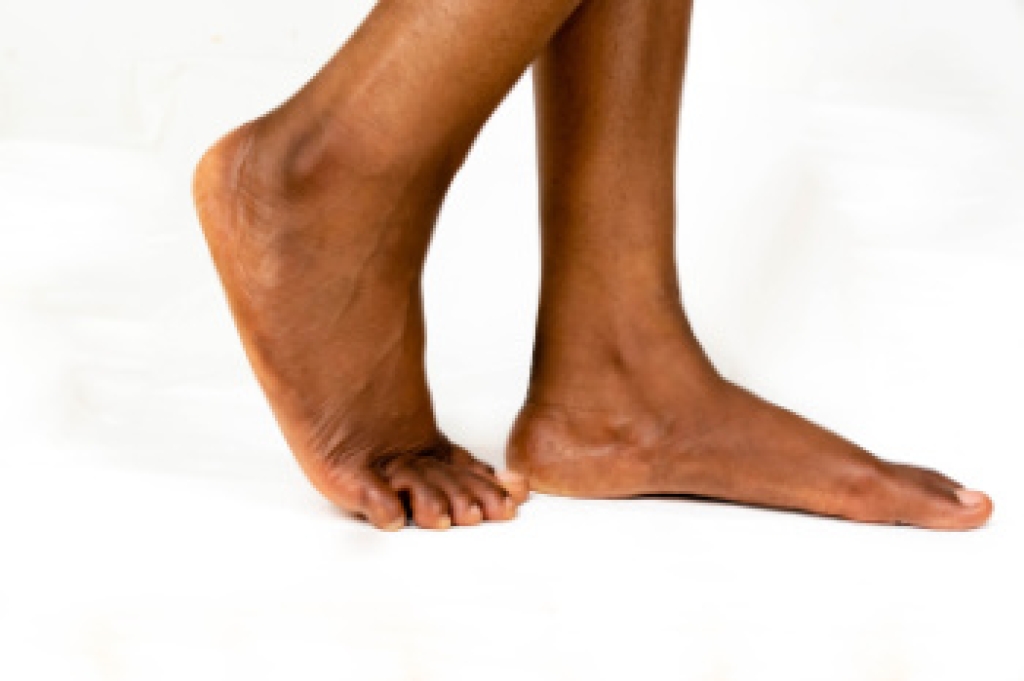Connect With Us
Blog
Blog
The Well-Being of Your Feet

Taking care of your feet is essential for overall well-being, given that the average person takes between 8,000 to 10,000 steps per day. Daily foot care helps to prevent injuries and alleviate discomfort in the feet, knees, hips, and back. Wearing appropriate shoes tailored to specific activities will ensure adequate support. When purchasing new footwear, factors such as cushioning, arch support, and shock absorption should be prioritized. Regularly inspecting shoes for wear and tear is also important, as worn-out shoes can contribute to foot problems. Additionally, it's advisable to minimize walking barefoot on hard surfaces to avoid inflammation. Pedicures can be beneficial for foot maintenance, provided personal tools are used to reduce the risk of infections. Incorporating stretching exercises and regular foot massages into your routine can further enhance foot health and overall well-being. By following these practices, you can improve comfort, productivity, and quality of life, one step at a time. If foot or ankle issues occur from time to time, it is suggested that you make an appointment with a podiatrist to have your feet examined, a proper diagnosis made, and appropriate treatment administered.
Everyday foot care is very important to prevent infection and other foot ailments. If you need your feet checked, contact Paul Potach, DPM from Illinois . Our practitioner can provide the care you need to keep you pain-free and on your feet.
Everyday Foot Care
Often, people take care of their bodies, face and hair more so than they do for their feet. But the feet are a very important aspect of our bodies, and one that we should pay more attention to. Without our feet, we would not be able to perform most daily tasks.
It is best to check your feet regularly to make sure there are no new bruises or cuts that you may not have noticed before. For dry feet, moisturizer can easily be a remedy and can be applied as often as necessary to the affected areas. Wearing shoes that fit well can also help you maintain good foot health, as well as making it easier to walk and do daily activities without the stress or pain of ill-fitting shoes, high heels, or even flip flops. Wearing clean socks with closed shoes is important to ensure that sweat and bacteria do not accumulate within the shoe. Clean socks help to prevent Athlete’s foot, fungi problems, bad odors, and can absorb sweat.
If you have any questions, please feel free to contact our offices located in Wheeling and Berwyn, IL . We offer the newest diagnostic and treatment technologies for all your foot care needs.
Need for Toenail Fungus Treatment

Yellowed, brittle, and unusual-looking toenails may indicate a fungal nail infection, known as onychomycosis. Experts caution that these infections persist without intervention and can easily be transmitted from person to person. These types of infections can be contracted through close contact or from barefoot walking in communal areas like locker rooms. The fungus infiltrates toenails, thriving in moist, sweaty footwear. Toenail fungus affects roughly one in ten people globally, and is more prevalent with age, affecting over half of individuals aged 70 and older. People who have diabetes or compromised immune systems are particularly vulnerable. If you notice a change in your toenails, it is suggested that you schedule an appointment with a podiatrist for an evaluation, diagnosis, and treatment.
If left untreated, toenail fungus may spread to other toenails, skin, or even fingernails. If you suspect you have toenail fungus it is important to seek treatment right away. For more information about treatment, contact Paul Potach, DPM of Illinois . Our practitioner can provide the care you need to keep you pain-free and on your feet.
Symptoms
- Warped or oddly shaped nails
- Yellowish nails
- Loose/separated nail
- Buildup of bits and pieces of nail fragments under the nail
- Brittle, broken, thickened nail
Treatment
If self-care strategies and over-the-counter medications does not help your fungus, your podiatrist may give you a prescription drug instead. Even if you find relief from your toenail fungus symptoms, you may experience a repeat infection in the future.
Prevention
In order to prevent getting toenail fungus in the future, you should always make sure to wash your feet with soap and water. After washing, it is important to dry your feet thoroughly especially in between the toes. When trimming your toenails, be sure to trim straight across instead of in a rounded shape. It is crucial not to cover up discolored nails with nail polish because that will prevent your nail from being able to “breathe”.
In some cases, surgical procedure may be needed to remove the toenail fungus. Consult with your podiatrist about the best treatment options for your case of toenail fungus.
If you have any questions please contact our offices located in Wheeling and Berwyn, IL . We offer the newest diagnostic and treatment technologies for all your foot and ankle needs.
Definition of Flat Feet

Flat feet, or fallen arches, can lead to discomfort and pain, affecting daily activities. Treatment options aim to alleviate symptoms and improve foot function. Custom-made orthotics to support the arch and provide cushioning, can help distribute pressure evenly and reduce pain. Wearing supportive footwear with proper arch support and shock absorption can also alleviate discomfort. Stretching exercises to strengthen the muscles and improve flexibility may be beneficial. In severe cases, corticosteroid injections may be recommended to reduce pain and inflammation. Surgery is rarely necessary, but may be considered for individuals with persistent pain and significant foot deformities. If you have pain from having flat feet, it is suggested that you schedule an appointment with a podiatrist for an evaluation and a plan tailored to your individual needs.
Flatfoot is a condition many people suffer from. If you have flat feet, contact Paul Potach, DPM from Illinois . Our practitioner will treat your foot and ankle needs.
What Are Flat Feet?
Flatfoot is a condition in which the arch of the foot is depressed and the sole of the foot is almost completely in contact with the ground. About 20-30% of the population generally has flat feet because their arches never formed during growth.
Conditions & Problems:
Having flat feet makes it difficult to run or walk because of the stress placed on the ankles.
Alignment – The general alignment of your legs can be disrupted, because the ankles move inward which can cause major discomfort.
Knees – If you have complications with your knees, flat feet can be a contributor to arthritis in that area.
Symptoms
- Pain around the heel or arch area
- Trouble standing on the tip toe
- Swelling around the inside of the ankle
- Flat look to one or both feet
- Having your shoes feel uneven when worn
Treatment
If you are experiencing pain and stress on the foot you may weaken the posterior tibial tendon, which runs around the inside of the ankle.
If you have any questions, please feel free to contact our offices located in Wheeling and Berwyn, IL . We offer the newest diagnostic and treatment technologies for all your foot care needs.
Chilblains May Cause Foot Blisters in Winter
 In colder weather, blisters can form on the feet due to a combination of factors related to temperature and moisture. Wearing heavy socks and shoes in the winter can lead the feet to sweat that accumulates inside your socks and shoes. This moisture, combined with reduced evaporation rates in colder temperatures, creates a damp environment around the feet. As a result, the skin becomes softer and more prone to damage from friction and rubbing against socks or shoes. Chilblains, lesions on the hands and feet that appear after exposure to the cold, can also blister. They appear within 24 hours of cold exposure and are caused by tiny blood vessels expanding too quickly once the body is exposed to heat again. If you have foot blisters after cold exposure, it is suggested you consult a podiatrist to conduct an exam and offer options to help with recurrent blister formation from chilblains.
In colder weather, blisters can form on the feet due to a combination of factors related to temperature and moisture. Wearing heavy socks and shoes in the winter can lead the feet to sweat that accumulates inside your socks and shoes. This moisture, combined with reduced evaporation rates in colder temperatures, creates a damp environment around the feet. As a result, the skin becomes softer and more prone to damage from friction and rubbing against socks or shoes. Chilblains, lesions on the hands and feet that appear after exposure to the cold, can also blister. They appear within 24 hours of cold exposure and are caused by tiny blood vessels expanding too quickly once the body is exposed to heat again. If you have foot blisters after cold exposure, it is suggested you consult a podiatrist to conduct an exam and offer options to help with recurrent blister formation from chilblains.
Blisters may appear as a single bubble or in a cluster. They can cause a lot of pain and may be filled with pus, blood, or watery serum. If your feet are hurting, contact Paul Potach, DPM of Illinois . Our practitioner can provide the care you need to keep you pain-free and on your feet.
Foot Blisters
Foot blisters are often the result of friction. This happens due to the constant rubbing from shoes, which can lead to pain.
What Are Foot Blisters?
A foot blister is a small fluid-filled pocket that forms on the upper-most layer of the skin. Blisters are filled with clear fluid and can lead to blood drainage or pus if the area becomes infected.
Symptoms
(Blister symptoms may vary depending on what is causing them)
- Bubble of skin filled with fluid
- Redness
- Moderate to severe pain
- Itching
Prevention & Treatment
In order to prevent blisters, you should be sure to wear comfortable shoes with socks that cushion your feet and absorb sweat. Breaking a blister open may increase your chances of developing an infection. However, if your blister breaks, you should wash the area with soap and water immediately and then apply a bandage to the affected area. If your blisters cause severe pain it is important that you call your podiatrist right away.
If you have any questions, please feel free to contact our offices located in Wheeling and Berwyn, IL . We offer the newest diagnostic and treatment technologies for all your foot care needs.
Blog Archives
- 2026
- 2025
- 2024
- 2023
- 2022
- 2021
- 2020


